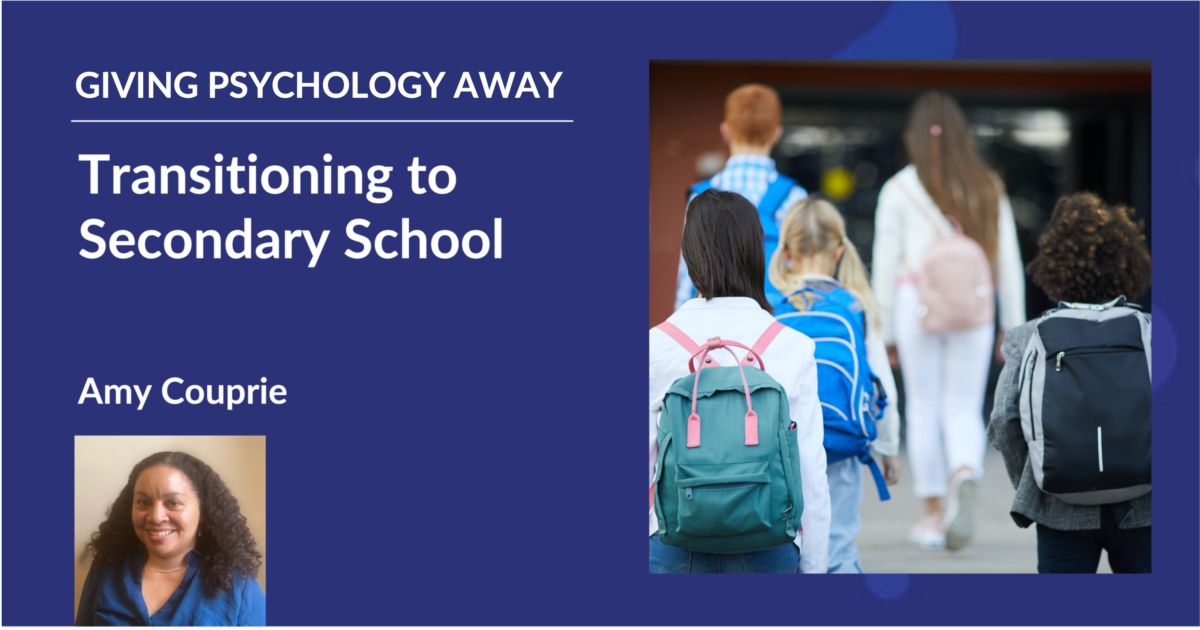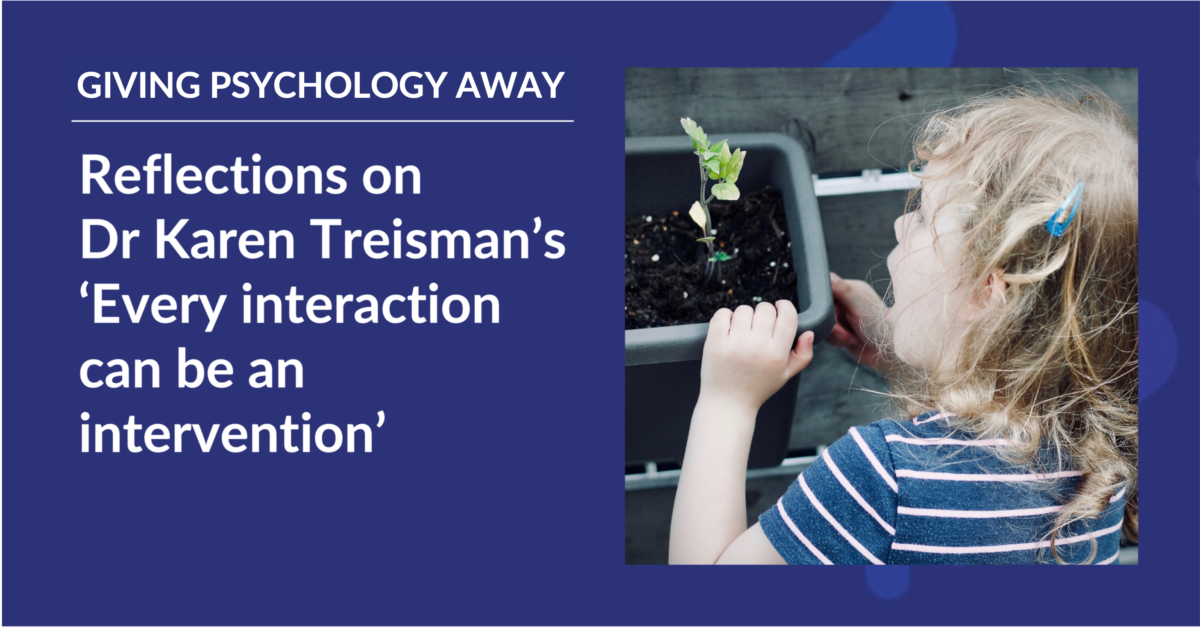By Dr. Amy Couprie
Changes to this familiarity can bring about different feelings for different children, such as excitement, uncertainty, or fear. It is likely there will be a mix of emotions, possibly sadness at leaving primary school and excitement and/or fear at beginning secondary school.
A sense of security may be felt within some children knowing there will be some friends or peers attending the same school. These friendships may last but often children will make new friendships groups as they develop. Some common themes that arise from children who are transitioning to secondary schools are about:

How can Parents and Carers help?
Parents and Carers can play a key role along with schools to support their children with the transition to secondary school. Parents may benefit from a workshop on how they can help to prepare their child. Things they can do include:
- Visiting potential schools with their child and gaining their views. They will have the opportunity to speak with current students to ask informal questions. Attending open days provide children with the ability to familiarise themselves with new staff, the building, locating different departments and toilets.
- Planning the route and doing a few test runs so they become familiar with the route. It may be worth noting the stop if they are catching a bus or pointing out landmarks (e.g. take the road by the church on the corner). Apply for a free bus pass in advance if needed (as not all drivers will allow them on without one).
- Ensure the child has got their full P.E uniform by the time they begin, some schools also hold second hand uniform sales.
- Allow the child to take more responsibility for getting themselves up in the morning by setting an alarm, packing their own bag, getting their own breakfast. Many schools have electronic or cashless systems for school dinners, but it may be useful to practice buying their own food from a local café or shop in case they need to manage using cash.
- Parents can also be anxious about the transition to secondary school some of this may depend on whether their child has got into their preferred school. It’s important to set aside their own views and feelings as children will absorb these feelings. Its important they start school with a happy mindset.
Supporting children with Special Educational Needs/Disabilities
Children with SEND may need additional support with the transition to secondary school depending on the individual needs of the child. Things to consider may include:
- Sharing key information/ SEND support plans/ EHCPs with the SENDCo or inclusion – This will help the school to prepare arrangements such as preparation for placing additional staff or resources.
- Considering transport arrangements.
- Some children may require a phased entry where the child or young person goes for a few hours a day or some days during the week to begin with. Some schools provide activities over the summer prior to beginning to help with a phased entry.
- Create a Social Story to help them know what to expect in their new school.
- Some children may benefit from extra support with making friendships and so encouraging attending different fun activities or clubs the school may offer can help them to begin to feel more comfortable in different social environments and making new friendships. They may also benefit from role-playing different social situations.
Helpful Resources
The resources available below can help children transition to secondary school:
Resources for supporting children with Autism
Teaching resources to explore children’s feelings










